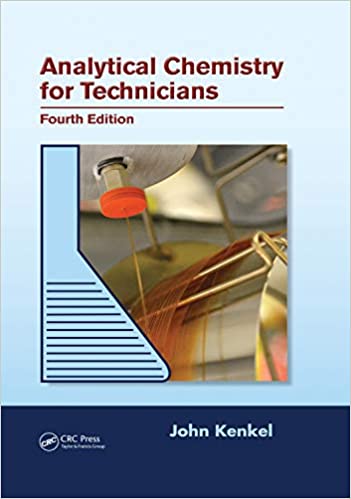General information about potentiometric (redox) titration
These titrations are based on redox reactions.
There are many redox reagents used in redox titrations. To list a few - potassium permanganate is used for determination of Fe2+, H2O2 and oxalic acid. Potassium dichromate for determination of Fe2+ and Cu in CuCl. Bromate is used for tin and phenol, iodides (titrated with sodium thiosulfate) for H2O2 and Cu2+. Cerium (IV) can be used to determine ferrocyanides and nitrites. There are also many other methods.
Changing property of the solution is its redox potential.
Commonly used indicators are substances that can exist in two forms - oxidized and reduced - that differ in color. Potential at which the substance changes color must be such that the change occurs close to the equivalence point. Examples of such substances are ferroin, diphenylamine or nile blue. Sometimes indicators that are oxidized irreversibly are used. However, in most popular redox titrations there is no need for a special indicator - permanganate has strong color by itself, iodine gives strong color when combined with starch, so their presence or disappearance can be easily detected without additional indicators.




